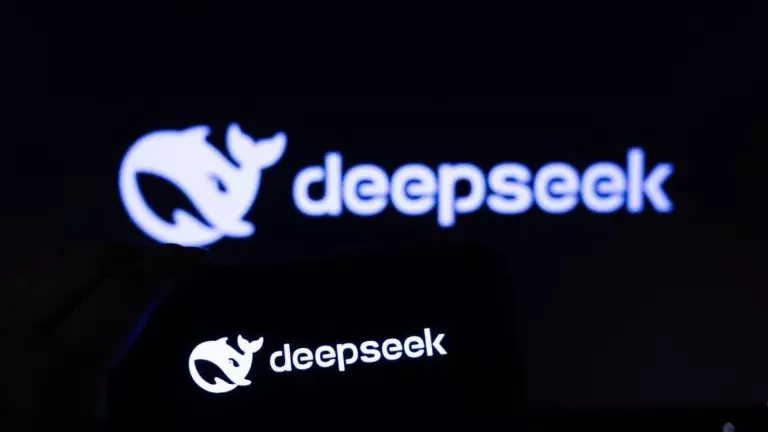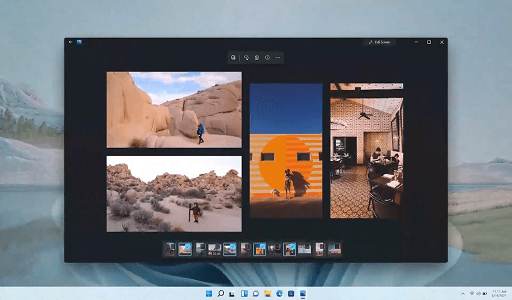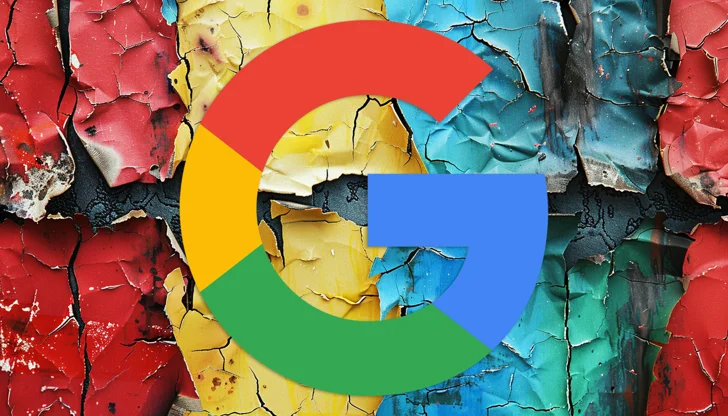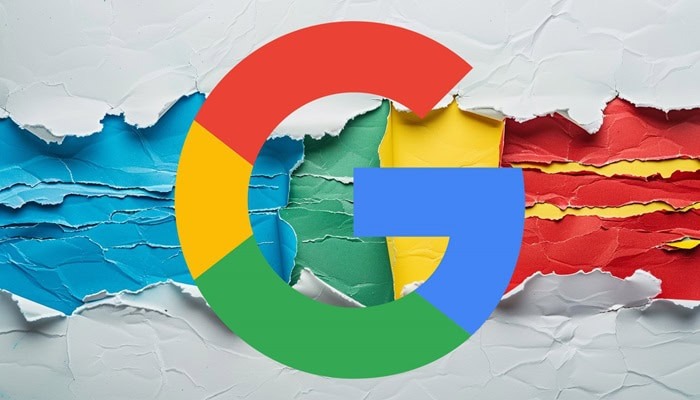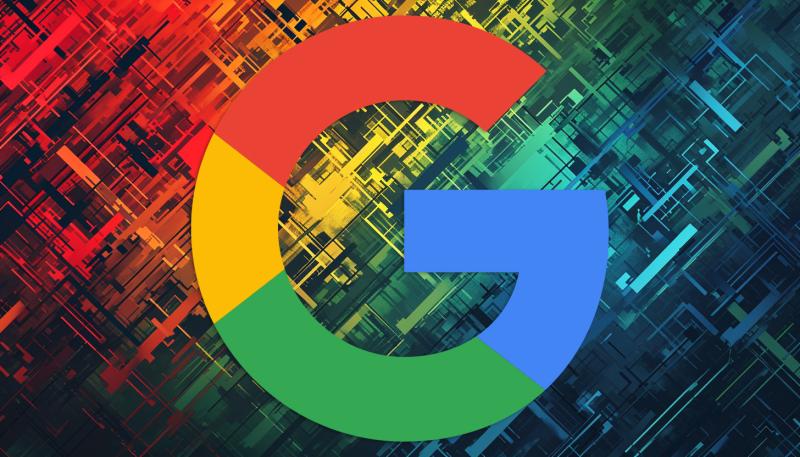Google has formally discontinued the “cached” link feature, which provided users with access to archived backups of websites.
For years, cached links have been an integral part of Google Search, serving as a means to access webpages that were unavailable or had undergone changes.
Google Search Liaison Danny Sullivan in a statement confirming the change.
“It was meant for helping people access pages when way back, you often couldn’t depend on a page loading. These days, things have greatly improved. So, it was decided to retire it,”
Sullivan suggested the potential for Google to collaborate with the Internet Archive’s Wayback Machine to display historical versions of web pages within Google’s “About This Result” feature. Nevertheless, he emphasized that these talks are ongoing and any partnership remains uncertain.
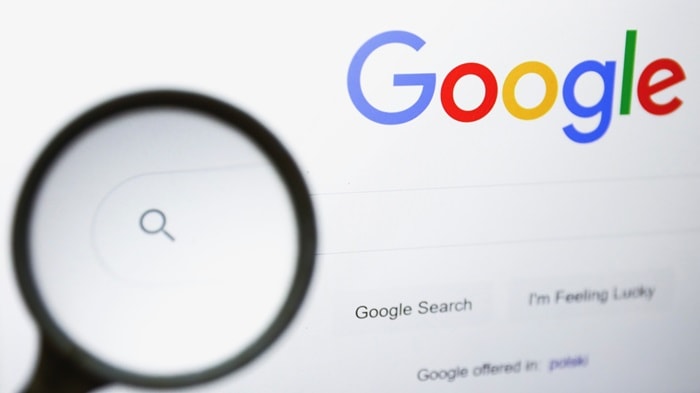
For website owners and developers seeking insight into how Google’s crawler assesses their pages, Sullivan advised using the URL Inspector tool in Google Search Console, which remains accessible as a valuable resource.
What are Cached Site Links?
Cached site links are stored or archived versions of webpages that search engines, like Google, keep in their databases. These cached links serve as backups of websites, allowing users to access a snapshot of a webpage as it appeared when it was last crawled by the search engine’s bots.
Cached site links can be particularly useful in situations where the original webpage is temporarily unavailable, has been updated, or has been removed entirely. They provide users with a way to view content even if the live version of the webpage is not accessible.
Database Management: Some Critical Dos Don’ts of Data Archiving
The Expense of Storing Data
Previously, cached links were reachable through a dropdown menu adjacent to each search result. Google’s web crawler meticulously indexed the internet, amassing backups of websites, effectively forming an archive of a significant portion of online content. In light of Google’s recent emphasis on cost efficiency, removing this cached data will release computing resources.
The cached link feature has gradually vanished over the last few months. Presently, no cache links are discernible in Google Search results, and all support pages concerning cached links have been taken down.
The Growing Significance of the Internet Archive
As Google discontinues cached links, the responsibility for archiving websites primarily changes to the Internet Archive and its Wayback Machine. Tools such as the Official Wayback Machine Extension for browsers enable users to conveniently access archived versions of websites.
The Wayback Machine Extension offers various functionalities including saving webpages, restoring missing pages, reading digitized books, sharing archived links on social media, and more. Many of these features operate without requiring an account.
For users who desire access to cached pages, there’s an alternative option available. Entering “cache:” followed by a URL into Google Search can still display certain cached versions.
Understanding the Concept of Qualified Clicks in SEO for AI Search
Moreover, you have the option to generate your cache links by adding a website URL to “https://webcache.googleusercontent.com/search?q=cache:”.
Google’s choice to cease its web caching service marks a change in the storage and accessibility of online content over time. With Google’s withdrawal of this service, the duty of preserving past iterations of webpages and safeguarding Internet history rests more prominently on organizations like the Internet Archive.
As the digital landscape continues to evolve rapidly, entities such as the Archive, dedicated to intentionally maintaining caches of websites and data, will increasingly play an important role in documenting the internet’s history.
Would you like to read more about “Google Search Officially Retires Cached Site Links” related articles? If so, we invite you to take a look at our other tech topics before you leave!
Use our Internet marketing service to help you rank on the first page of SERP.





